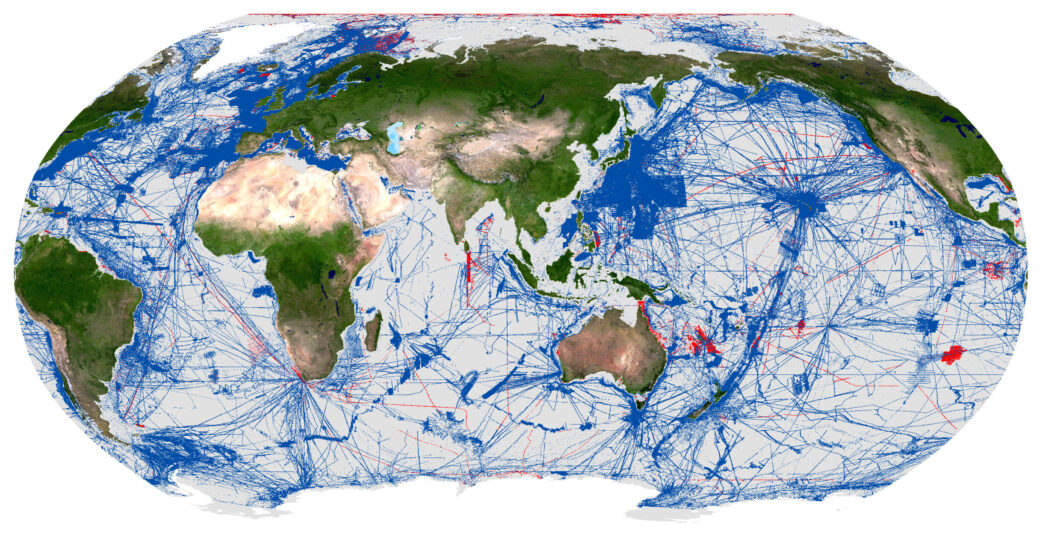
"The Seabed 2030 Project aims to create a complete map of the world's ocean floor, and has mapped 27.3% of it to modern standards."
"The recent mapping accounts for over four million square kilometres of newly mapped seafloor, equating to the size of the entire Indian subcontinent."
"Data from the ocean floor is critical for enhancing tsunami early-warning systems and for guiding the installation of undersea cables."
"Identifying biodiversity hotspots is supported by seafloor data, which enables informed, real-world actions."
The Seabed 2030 Project has reported that 27.3% of the world's ocean floor is now mapped according to modern standards, translating to over four million square kilometres of newly documented seafloor. This significant area is comparable to the size of the entire Indian subcontinent. The mapping effort is crucial for several applications, including improving tsunami early-warning systems, helping in the installation of undersea cables, and identifying biodiversity hotspots which lead to informed, real-world actions.
Read at FlowingData
Unable to calculate read time
Collection
[
|
...
]